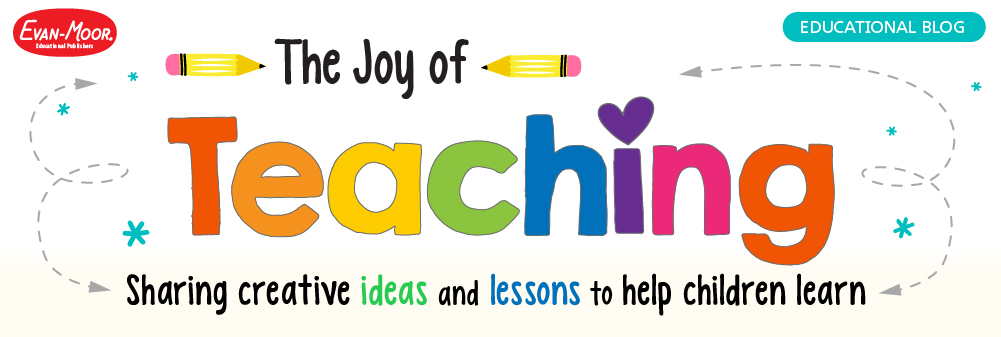
As kids learn how to enjoy and navigate the world around them, they are surrounded by mentions of money everywhere they turn, encountering marketing efforts directed at them. Developing kids’ financial literacy awareness is a helpful skill that prepares them for life!
Financial Literacy and Life Skills for Kids activity books help kids learn how to navigate the financial world by meeting them where they are. Stories in common and bfamiliar settings introduce relatable characters in situations that kids may find themselves in. Activities give them a chance to put themselves in a similar situation and practice decision-making to meet their own needs.

The fun stories, activities, games, and projects in Financial Literacy and Life Skills for Kids help your child forge his or her own financial path using these skills:
- Make satisfying choices
- Prioritize needs and wants
- Plan to reach goals
- Balance responsibility and reward

Ways to Use Financial Literacy and Life Skills for Kids at Home
While each section provides a realistic look at some aspect of using money and can be used on its own, you can reinforce the skills by connecting them to real-world “field trips.” Here are some ways to use financial literacy lessons to nurture your child’s awareness of the financial world:

- Before you take your child with you to a store, preview the Shopping section and have him or her read the story and complete its vocabulary pages. Discuss how the type of shopping or store you are going to is similar to or different from the one in the story. Highlight some aspects that might apply to your shopping trip. After your shopping trip, have your child do the remaining activities and the game or project.
- There are many opportunities for your child to see people doing a job. Before running errands or taking your child to school, preview the Earning section and have him or her read the story and complete its vocabulary pages. When you go out, make a game of identifying people who are at work: repair crews, bus drivers, gardeners, cashiers, firefighters, doctors, nurses, food servers, cooks, and ticket-takers. Ask your child what he or she thought about the types of work seen. Then have your child do the remaining activities and the game or project.

- If your family uses a budget or has a savings goal that you are working toward, such as a vacation, a new TV, or college, preview the Saving or Budget section and have him or her read the story and complete its vocabulary pages. Share with your child a simplified family budget or savings plan. Then have your child do the remaining activities and the game or project.
- Even if you don’t go to your bank very often, it’s a good idea to acquaint your child with the inside of the “ATM building.” Preview the Banks section and have him or her read the story and complete its vocabulary pages. Then visit your bank and explain that most adults, businesses, and organizations keep their money there. If you have a safe deposit box, take your child into the vault and show him or her where your box is kept. Then have your child do the remaining activities and the game or project.

- Before authorizing autopay or writing out checks for home, power supply, running water, entertainment, and other ongoing services, preview the Paying Bills section and have your child read the story and complete its vocabulary pages. Then ask your child to guess how much you pay each month for your home, Internet, or TV. Share some of the bill amounts and connect them to their value in your daily lives. Then have your child do the remaining activities and the game or project.
- Preview the Credit Cards section before reviewing your credit card statement or using your credit card while shopping online or at a store with your child. Have him or her read the story and complete its vocabulary pages. Share your thoughts on when you use credit cards and when you pay a different way. Then have your child do the remaining activities and the game or project.
Use this handy tip if you want to reuse the worksheet pages after different outings or experiences. Remove the perforated worksheet and put it in a clear plastic sleeve. Have your child use a dry-erase marker to do the activities. After you review the answers, use a piece of felt to erase them and remove the page from the sleeve. Save loose worksheets in a folder or binder to use again!

Featured product
Help your kids develop skills for life, while building practical money and math skills! Learn more here: Financial Literacy and Life Skills for Kids. Available for ages 8–13.

Kathy Jorgensen has been an educator most of her life, starting as a peer tutor in second grade and tutoring her way through high school and college. After teaching grades 2 through 12, she spent two decades editing standardized tests. Kathy happily returned to her teaching roots, providing instruction and practice in Evan-Moor’s math and science products. When she’s not polishing words on the page, Kathy is flitting down the dance floor indulging her passion for Scottish country dancing as a dancer, choreographer, and teacher.

